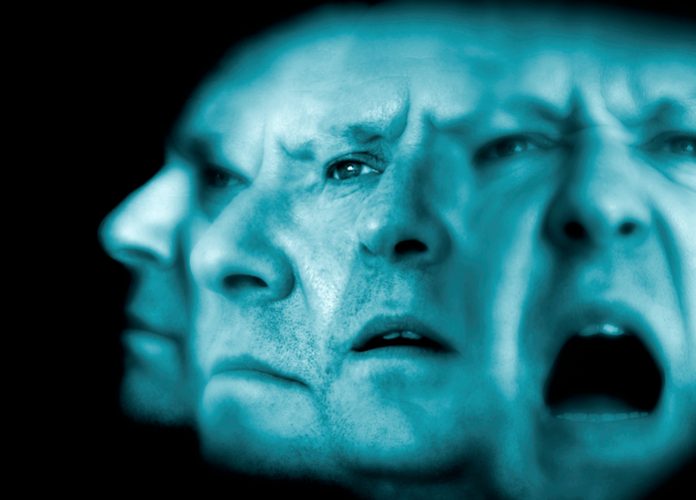
Researchers at the Lieber Institute for Brain Development (LIBD) have discovered a genetic mechanism that regulates the flow of the brain chemical dopamine in a region of the brain called the caudate nucleus and evidence that the neuronal cells are unable to control levels of dopamine in schizophrenia. The findings are published today in the journal Nature Neuroscience.
“Until now, scientists have been unable to decipher whether the dopamine link was a causative factor or solely a way to treat schizophrenia,” said Daniel R. Weinberger, MD, chief executive and director of the Lieber Institute and a co-author of the study. “We have the first evidence that dopamine is a causative factor in schizophrenia.”
The neurotransmitter dopamine is the chemical that allows messages to be sent between neurons to change their activity or behavior. Known as the “feel good” chemical, dopamine is the reward neurotransmitter that allows people to feel pleasure. Current antipsychotic medications for schizophrenia address the symptoms of the disease—which include hallucinations, delusions and disordered thinking, among others—but not its root cause.
“One of the major side effects of the drugs used to treat schizophrenia is lack of pleasure and joy,” said Jennifer Erwin, an LIBD investigator an author of the paper. “In theory, if we could target the dopamine receptor specifically with drugs, that could be a new strategy for treatment that would not limit a patient’s joy as much.”
Irregular levels of dopamine have been associated with psychosis and are a critical factor in schizophrenia, Alzheimer’s disease and other neuropsychiatric disorders. Drugs that increase dopamine in the brain, such as amphetamines, are known to cause psychosis. Drugs that treat psychosis do so by reducing dopamine activity.
These understandings of what heightens and lessens psychosis have led researchers over the years to attempt to better understand how imbalance of dopamine relates to schizophrenia and whether dopamine levels are merely an effect of the disease or are causative. The LIBD researchers’ latest novel findings have shown that dopamine imbalance is indeed a causative factor.
For their research, investigators examined post-mortem brain specimens donated to the institute from more than 350 people, some with schizophrenia and others without a psychiatric illness. The team focused on the caudate nucleus—a region of the brain that is critical to make complex ideas and actions more automatic and intuitive—since it houses the brain’s richest supply of dopamine. In addition, the team investigated a region of the human genome that has been shown in prior research to contain the genes for the protein receptors that respond to dopamine, which have suggested a dopamine-schizophrenia connection. While this has suggested that dopamine receptor represent a risk for developing schizophrenia, previous research has not pinpointed the relationship between dopamine and the disease.
LIBL researchers determined that a subtype of the dopamine receptor, called the autoreceptor, regulates how much dopamine is released from the presynaptic neuron. If autoreceptors are compromised, the flow of dopamine within the brain is poorly controlled, and too much dopamine flows for too long. The investigators found that decreased expression of this autoreceptor in the brain explains the genetic evidence of risk for illness. This is consistent with the prevailing hypothesis that too much dopamine plays a role in psychosis, and strong evidence that the dopamine-schizophrenia riddle has at last been solved.
“There’s lots of muddled data indicating the relevance of dopamine and dopamine receptors in schizophrenia,” said Sol Snyder, the scientist who discovered that antipsychotic drugs work by reducing brain dopamine and a professor at Johns Hopkins University. “The key thing these researchers have done is to collect data that puts it all together and in a fashion that is persuasive in establishing that dopamine systems are out of kilter in schizophrenia, and that is causal to the disease.
“For decades, people have debated the dopamine connection to schizophrenia,” Snyder, who was not part of the LIBR study, continued. “They used to say, ‘Well, this is interesting to speculate about, but there’s no solid evidence.’ But now that we have much more rigorous data available, we keep coming back to the same story. You don’t have to call it a hypothesis anymore.”













